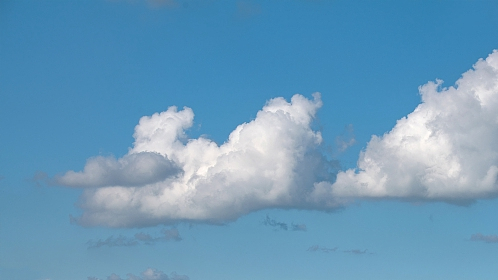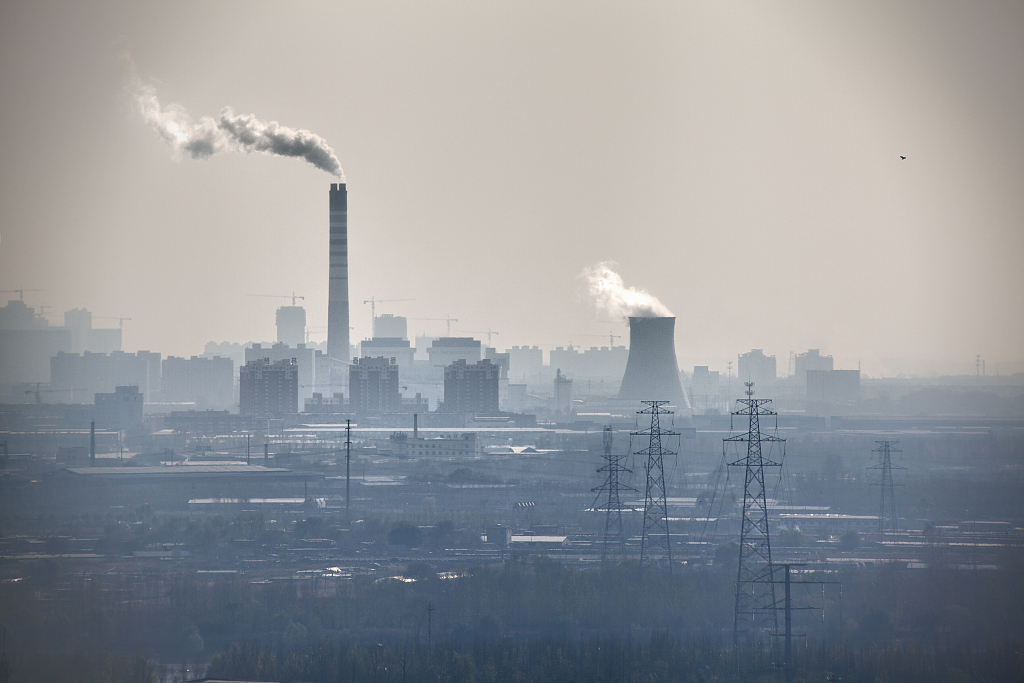
The ozone pollution in China currently is mild and generally under control, according to the Ministry of Ecology and Environment (MEE).
China experienced more days with air pollution this September compared with last year, according to the data released by the ministry, and a year-on-year rise in the ozone concentration nationwide is the main cause, Liu Youbin, spokesperson of MEE, said at a regular press conference on Tuesday.
Affected by a higher temperature than the same period the year before, the ozone concentration in China increased year on year, said Liu.
In September 2019, the national average temperature was 17.7 degrees Celsius, 1.1 degrees Celsius higher than that of the same period in the previous year, among which cities and provinces like Beijing, Tianjin and Jilin experienced the highest or second-highest average temperature for this period on record since 1961.
Preliminary analysis shows that in September, the number of days with ozone as the primary pollutant in China's 337 cities at or above the prefecture level accounted for more than 95 percent of the polluted days and about 40 percent of the heavily-polluted days, indicating that the average daily air quality mainly depends on ozone concentration.
However, Liu urged the public not to panic about ozone, saying "the increase in pollution days requires in-depth and detailed analysis. The data shows that although ozone pollution in China has increased, it is mainly mild pollution and is generally under control."

Sweeping suspension of factory production not allowed
Last week, the ministry just released the action plan for air pollution control in the autumn and winter of 2019-2020, which clearly states that perfunctory measures like a sweeping suspension of factory production or mandatory order for plants to avoid production at peak times will not be taken.
Instead, differentiated methods shall be taken to effectively deal with heavy pollution, Liu said.
The action plan has made overall requirements for air pollution control in Beijing, Tianjin and Hebei and surrounding areas during this autumn and winter, which has been plagued by smog at this period of time in recent years.
The goal for the area is to cut the average concentration of PM2.5 by four percent from that of last year, and the number of days with heavy pollution should be reduced by six percent.